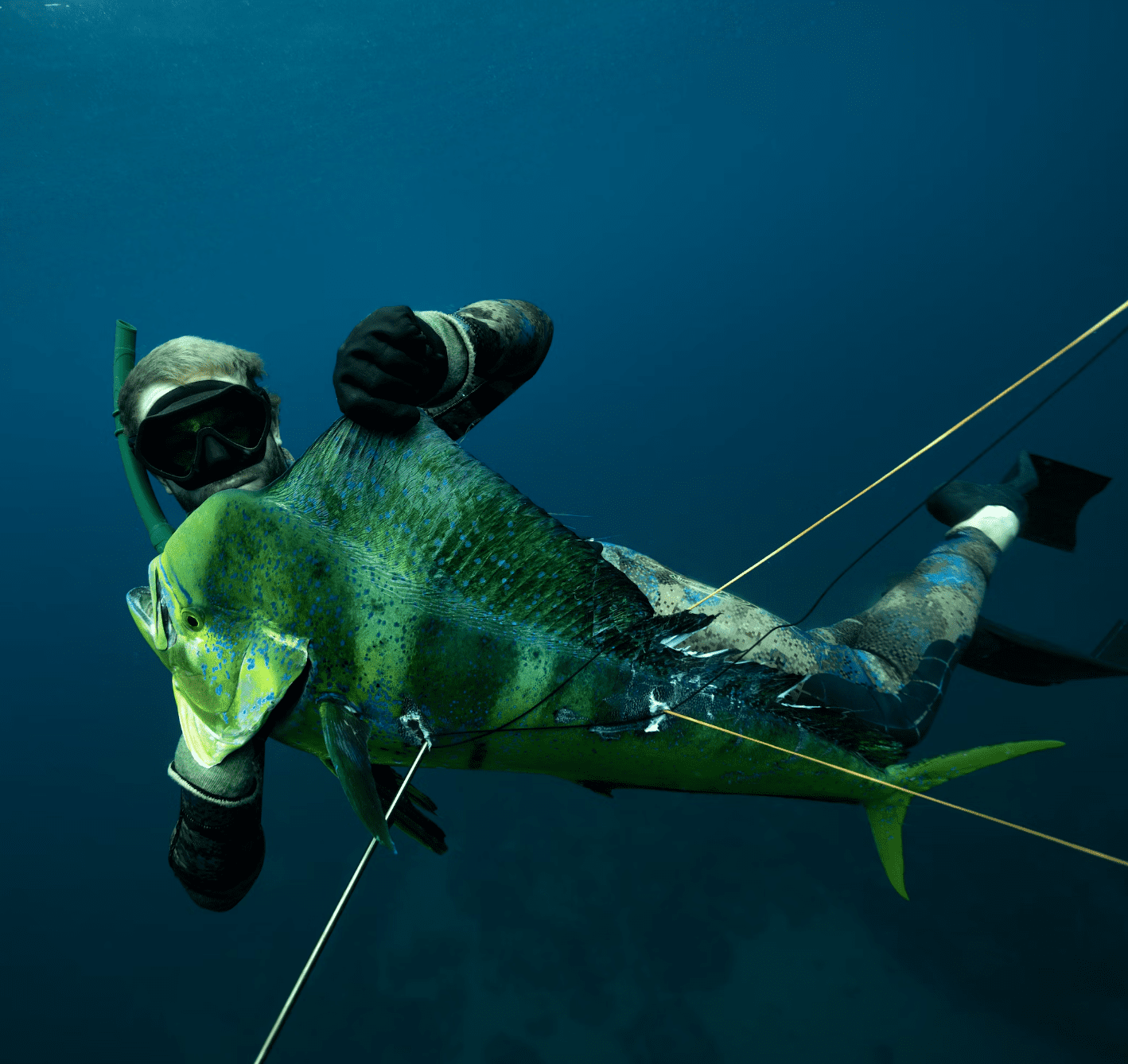Introduction
The Dolphin Fish, commonly known as Mahi Mahi, is a vibrant and colorful fish species belonging to the family Coryphaenidae. Offering both great sport and culinary delights, they are a favorite among anglers and gourmets worldwide.
Conservation Status
The Mahi Mahi is considered of least concern according to the International Union for the Conservation of Nature (IUCN), as it reproduces quickly and abundantly. Conservation efforts primarily focus on ensuring responsible and sustainable fishing practices to avoid overfishing, juvenile capture, and bycatch.
Statistics
================================================ | Property | Average | Range | ------------------------------------------------ | Length | 3 ft | 1 - 6 ft | | Weight | 29 lbs | 15 - 88 lbs | | Lifespan | 5 years | 4 - 7 years | ================================================
Mahi Mahi are fast swimmers, reaching speeds up to 57 miles per hour.
Distribution
Mahi Mahi can be found in the warm, tropical, and subtropical waters worldwide, although they are most commonly found in the Caribbean, Pacific, and the Gulf of Mexico. They are pelagic fish, living near the water’s surface, and their migratory patterns are primarily influenced by the season and water temperature.
Habitats
Mahi Mahi prefer waters with temperatures ranging between 68 – 86°F (20 – 30°C). They are adapted to ocean water and are commonly found at depths of up to 262 feet (80 meters), though they may venture deeper.
When and Where to See
Mahi Mahi can often be spotted from late spring through early fall, especially around mid-summer. Typically, they are most active during daylight hours.
Best Fishing Locations
Mahi Mahi can be found in many parts of the world, but some top fishing locations include:
1. Florida Keys, United States
2. Gulf of Mexico, United States
3. Baja California, Mexico
4. Costa Rica
5. Dominican Republic
6. Kona, Hawaii
7. Western Australia
8. Canary Islands, Spain
9. Panama
General tips for finding Mahi Mahi include searching for floating debris or seaweed lines, as these fish are known to associate with flotsam.
How to Catch
The best baits for catching Mahi Mahi include live or cut baitfish and squid. Fishing techniques like trolling with artificial lures or fly fishing are often the most successful. The best seasons for fishing are from spring to fall, while the most active time of day is generally during daylight hours.
Identification Guide
Mahi Mahi are easily identifiable by their vibrant colors, which can change when the fish is excited or agitated. They have a compressed body shape and a long dorsal fin that extends nearly the entire length of their body. Male Mahi Mahi, or bulls, have prominent foreheads, while females, or cows, have a more rounded head.
Culinary Profile
Mahi Mahi is renowned for its firm, white meat with a mildly sweet flavor, suitable for grilling, baking, sautéing, and pan-frying. It is a lean source of protein and contains several important nutrients, including Vitamin B5, Potassium, and Selenium.
Additional Information
Mahi Mahi are carnivorous, feeding on flying fish, crabs, squid, and mackerel. They are known for their acrobatic fights when hooked, often leaping out of the water. Predators include larger fish species like Marlin and also humans. They also feature in the folklore of Pacific cultures, where they symbolize prosperity and abundance.
References and Further Reading
For more detailed information on the Mahi Mahi, consider the following sources:
– National Geographic Guide to Fishes
– Mahi Mahi - Florida Fish and Wildlife Conservation Commission (myfwc.com)
– IUCN Red List – Mahi Mahi (iucnredlist.org)

